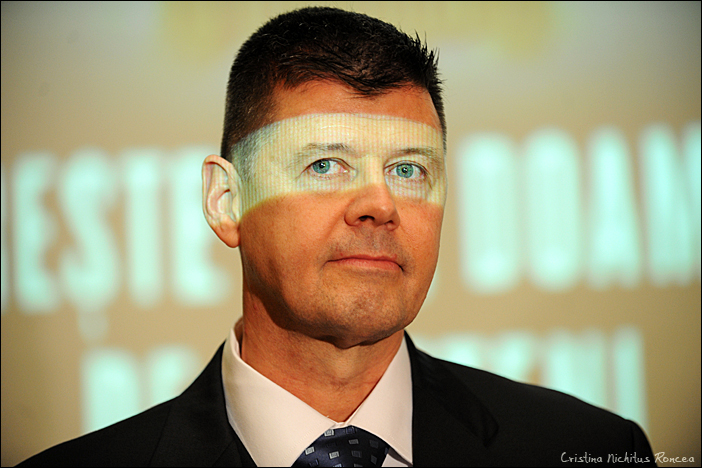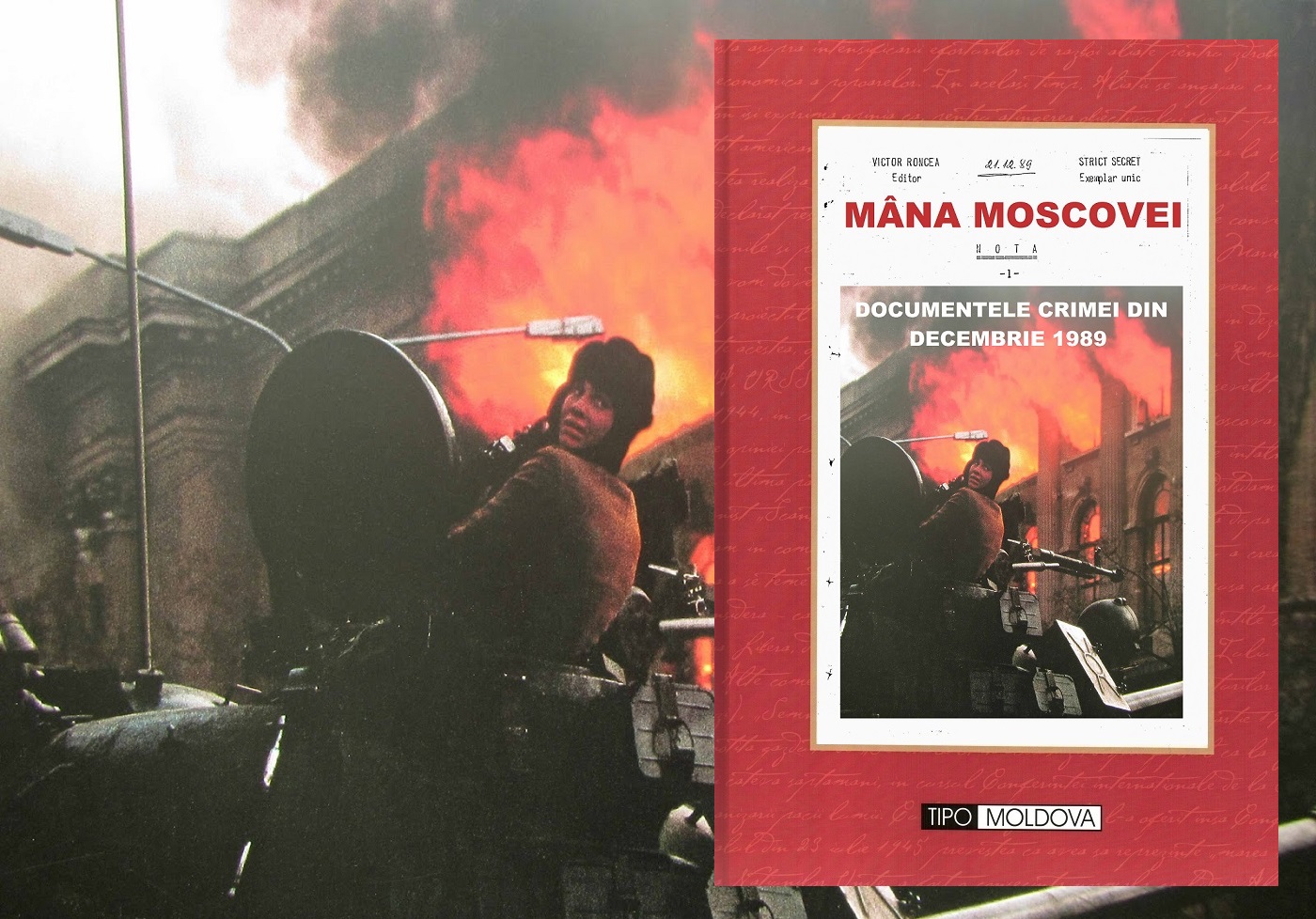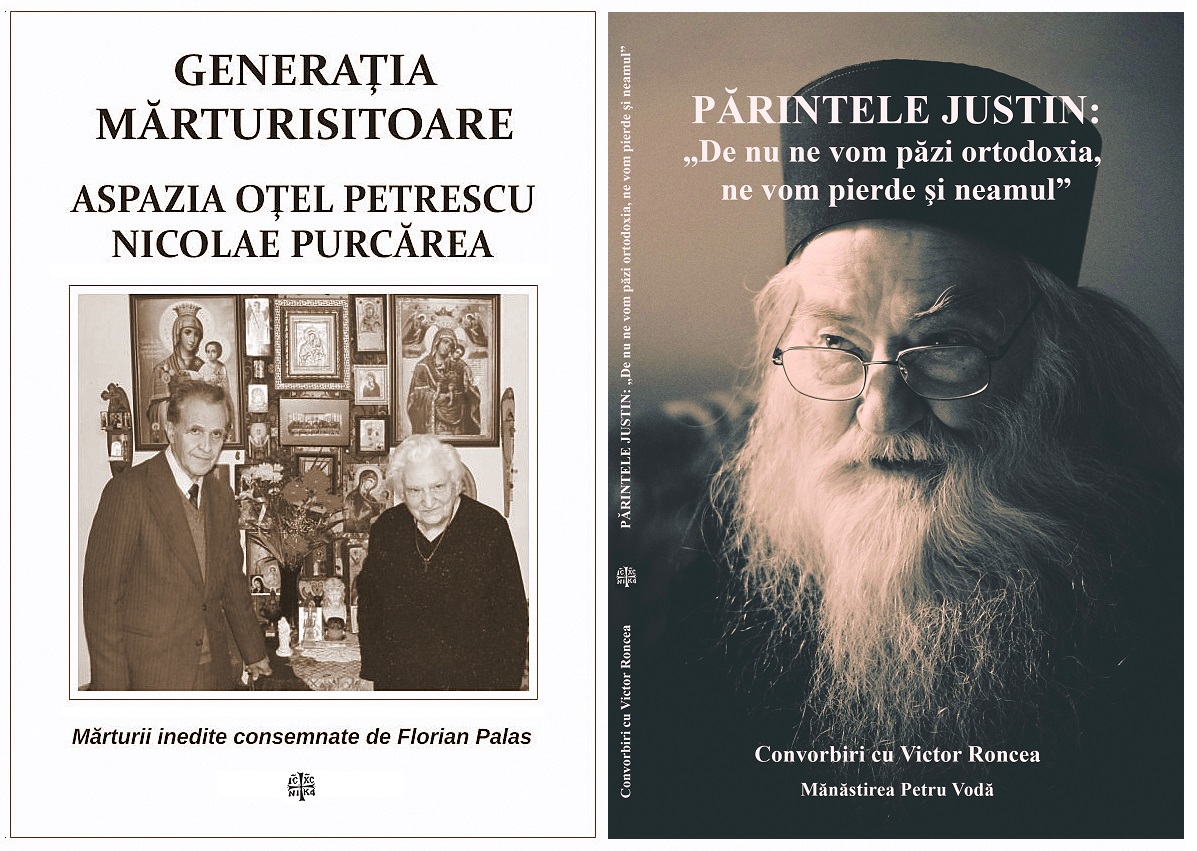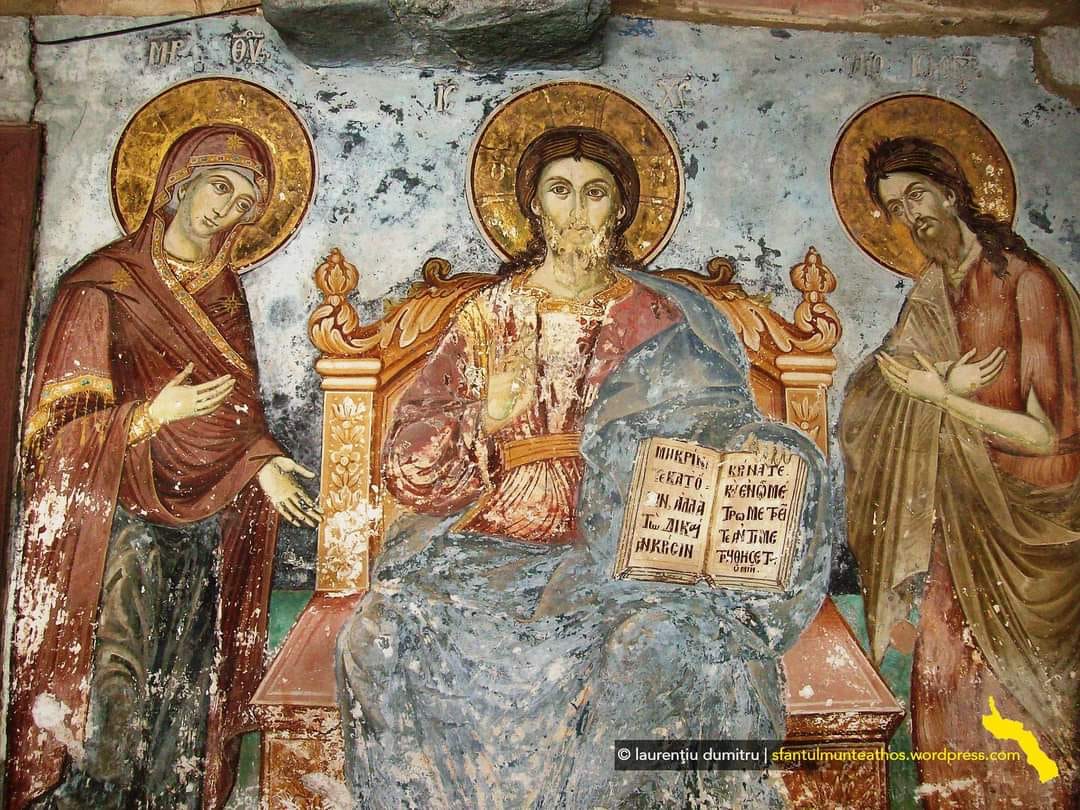 Dupa ce pe Grupul Facebook Revolutia Romana, intretinut de revolutionarul timisorean Marius Mioc, cercetatorul Richard Andrew Hall si-a exprimat indoiala cu privire la “turistii” sovietici prezenti in Romania in decembrie 1989, mentionati cu trimitere la mai multe documente si in cartea lui Larry Watts, Fereste-ma Doamne de prieteni, i-am adresat istoricului american o intrebare cu privire la existenta sau non-existenta agentilor sovietici in acele zile fierbinti. Desigur, trebuie subliniat ca din numarul vechiculat, de circa 30.000 de persoane cu pasaport sovietic intrate in tara in acele zile, numarul agentilor speciali era, dupa parerea noastra, sub 10 la suta din aceasta cifra. Comentariile au fost declansate pe marginea unui interviu publicat de Karadeniz Press sub titlul Larry Watts: In 1989 Puterea a fost acaparată de vechii agenti KGB si GRU. Scotianul-american Larry Watts ne-a transmis un raspuns complex insotit de urarile de La Multi Ani! si Craciun Fericit! adresate tuturor cititorilor portalului Ziaristi Online, ceea ce, evident, va uram si noi din inima. Iata raspunsul:
Dupa ce pe Grupul Facebook Revolutia Romana, intretinut de revolutionarul timisorean Marius Mioc, cercetatorul Richard Andrew Hall si-a exprimat indoiala cu privire la “turistii” sovietici prezenti in Romania in decembrie 1989, mentionati cu trimitere la mai multe documente si in cartea lui Larry Watts, Fereste-ma Doamne de prieteni, i-am adresat istoricului american o intrebare cu privire la existenta sau non-existenta agentilor sovietici in acele zile fierbinti. Desigur, trebuie subliniat ca din numarul vechiculat, de circa 30.000 de persoane cu pasaport sovietic intrate in tara in acele zile, numarul agentilor speciali era, dupa parerea noastra, sub 10 la suta din aceasta cifra. Comentariile au fost declansate pe marginea unui interviu publicat de Karadeniz Press sub titlul Larry Watts: In 1989 Puterea a fost acaparată de vechii agenti KGB si GRU. Scotianul-american Larry Watts ne-a transmis un raspuns complex insotit de urarile de La Multi Ani! si Craciun Fericit! adresate tuturor cititorilor portalului Ziaristi Online, ceea ce, evident, va uram si noi din inima. Iata raspunsul:
Mr. Roncea,
In response to your question regarding Mr. Hall’s (Richard Andrew – nota Z.O.) assertion as to the allegedly false nature of my statement regarding Soviet “tourists,” I would note that my reference in the book is to Romanian concern over the extraordinary abundance of Soviet “tourists” who chose mid-December 1989 as the most propitious time to visit Romania. The approximate number of 30-35,000 has been repeatedly confirmed by various Senate hearings (for example, see the rest of the footnote to which Mr. Hall refers):
Text & Footnote in Larry L. Watts, With Friends Like These (2010), p. 16:
“It is suggestive that more than 25,000 of the 37,000 “extra” Soviet tourists that deemed Romania a desirable place to visit or transit in the two weeks prior to its revolution in December 1989 chose not to leave until almost a year later, in October 1990, after the Romanian government formally insisted on their departure.90”
[Larry L. Watts, With Friends Like These (2010), Footnote 90, p. 26. “Ceauşescu protested the sudden influx of Soviet ‘tourists’ to Moscow at the time, none of whom stayed in hotels. See e.g. Mircea Munteanu, New Evidence on the 1989 Crisis in Romania, e-Dossier no. 5, Washington D.C., Woodrow Wilson International Center for Scholars, December 2001, pp. 3-11, CWIHP. The Romanian Senate’s investigation into the events of December 1989 disclosed the extraordinary jump in Soviet ‘tourists’ from 30,000 in 1988 to 67,000 in 1989 as recorded in customs and border statistics, as well as the unexplained delay in their departure. Mention of this glaring anomaly was qualified as unwarranted “conspiracy theory.” See e.g. Depostion of Petre Roman, Transcript no. 90/8.03.1994, Romanian Senate Archive, Bucharest, pp. 44-45. According to ex-Prime Minister Roman, 30,000 Russians ‘tourists’ remained in Romania for almost a year, until officially requested to leave in October 1990. Allegedly, Caraman’s Foreign Intelligence Service (SIE) informed Roman about them only at that time. However, since at least March, Romanian TV had broadcast news stories of the Russian encampments.”]
Mr. Hall draws attention to Soviet professions of lack of information, which I find plausible given the almost open conflict between Gorbachev and the KGB/Soviet Armed Forces at the time, as well as Amb. Bucur’s lack of “formal” instruction” made in Document 4. However, I would also draw your attention to Documents 1, 2, 5 and 6 as underscoring Soviet displeasure that “hundreds of vehicles” from the USSR were not being allowed to cross into Romania, and Romanian suspicion – or rather conviction – that Soviet actions were part of a joint effort by the other Warsaw Pact states to “provoke or cause confusion” at least.
Document 1 — Telegram from the Romanian Embassy in Moscow to the Ministry of Foreign Affairs (Bucharest) 18 December 1989, 12:35 pm
… A. Beginning with the morning of 18 December of this year, Soviet citizens have begun to make telephonic inquiries to the Embassy from border crossings into Romania, implying that there are hundreds of vehicles which are not allowed to cross [border] into our country. [W]e anticipate that the Soviet government will ask for an explanation with regard to this decision taken. We ask that instructions be sent explaining the way we must deal with the situation if it arises. …
Document 2 — Telegram from the Minister of Foreign Affairs (Bucharest) to all Embassies
19 December 1989
… We strongly reject any attempts to intervene in the internal affairs of S.R. Romania, a free and independent state. [We reject] any attempt to ignore the fundamental attributes of our national independence and sovereignty, any attempt at [harming] the security interests of our country, of violating its laws. The Romanian [government] will take strong actions against any such attempts, against any actions meant to provoke or cause confusion, [actions] initiated by reactionary circles, anti-Romanian circles, foreign special services and espionage organizations. …
Document 5 — Information Note from the Romanian Embassy in Moscow to the Ministry of Foreign Affairs 21 December 1989, 2:00 pm
… 2. Aboimov said that during the 19 December discussions between the Soviet ambassador in Bucharest and Cde. Nicolae Ceausescu, the latter expressed his disapproval with the official declarations made by Soviet officials concerning the events in Timisoara. He [Ceausescu] said that those [actions taking place in Timisoara] are the result of strategies developed beforehand by [member nations of] the Warsaw Treaty Organization (WTO). [Ceausescu] suggested that certain officials in Bucharest told ambassadors from socialist countries that they have information with respect to the intention of the Soviet Union to intervene militarily in Romania. …
Document 6: From the diary of ABOIMOV I.P. 21 December 1989
Memorandum of conversation with the Ambassador of the SRR [Socialist Republic of Romania] in the USSR I. BUKUR 21 December 1989
… I told the Ambassador that during the meeting of N. Ceausescu with the Soviet charge d’affaires in the SRR on 20 December [the former] expressed surprise that Soviet representatives made declarations on the events in Timisoara. Besides, during the meeting it was asserted [by Ceausescu] that the Romanian side possesses information that the action in Timisoara was allegedly prepared and organized with the consent of countries [that are] members of the Warsaw Treaty Organization. Moreover, the actions against Romania were allegedly plotted within the framework of the Warsaw Treaty Organization. According to our information, officials in Bucharest in conversation with ambassadors of allied socialist states expressed an idea about some kind of action of interference into the internal affairs of the SRR allegedly under preparation in the Soviet Union. …
Two paragraphs after I made my original assertion regarding Ceausescu’s protests in this matter I made the point even more explicit, again referencing the documents posted on the Woodrow Wilson Center website as well as confirmation that such a wave a Soviet tourists did indeed choose to “tour” Romania in December from a knowledgeable and professional Soviet observer who was in Romania at the time. As I noted:
“In fact, the Romanian leader vigorously threatened countermeasures if the Soviet or Pact military forces should cross his country’s frontier and protested the thinly disguised military personnel crossing the border in automobile caravans masquerading as “tourists.”93”
[Footnote 93, p. 27: See e.g. Munteanu (2001), pp. 3-11, at CWIHP. Former Soviet intelligence assets continue to offer creative justification for the presence of these idiosyncratic “tourists,” who had to be formally invited to leave the country ten months after they began their ‘transit.’ For example, former Novovsti correspondent, Viacheslav Samoskin, in Romania at the time of the revolution, claimed that the “tourists” were part of an economic agreement with the USSR whereby Ceauşescu demanded a guaranteed 35,000 Soviet tourists a year “to buy Romanian goods,” and their visits just happened to be “concentrated at the end of the year.” Oana Balan, “Reporter rus sub gloanţe româneşti” [A Russian Reporter Under Romanian Bullets], Adevărul, 23 December 2009. Novosti Press Agency (APN) was well known as a front for Soviet ]intelligence, especially for the KGB’s Service A “active measures” personnel, which staffed an entire section. John Barron, KGB Today: The Hidden Hand, New York, Reader’s Digest Press, 1983, p. 446.]
I will leave it to your readers to judge whether my assertions in this regard are “false.” Of course, assessing the identity and intent of the “tourists” to any degree of certainty is a separate issue, which I purposefully avoided in this book.
Wishing you and your readers the very best for the holiday season,
Merry Christmas and Happy New Year
Larry L. Watts



